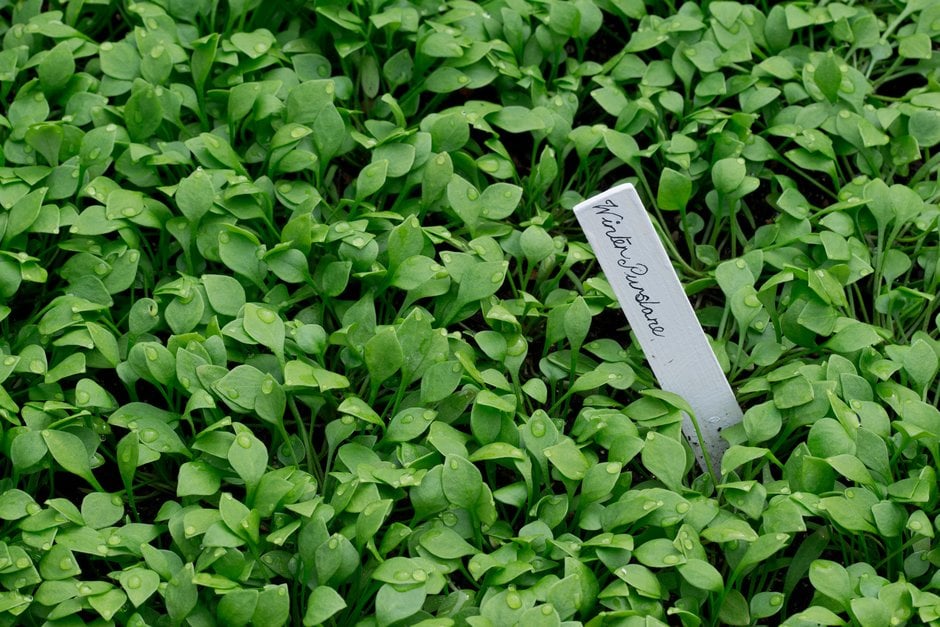Claytonia perfoliata
spring beauty
A freely self-seeding, annual wildflower of North America, with slightly succulent stems and leaves, In spring and summer, tiny white flowers are carried in clusters above the uppermost, saucer-like leaf. Winter purslane is sometimes cultivated as a salad crop
Synonyms
Montia perfoliataSize
Ultimate height
0.1–0.5 metresTime to ultimate height
1–2 yearsUltimate spread
0.1–0.5 metresGrowing conditions
Moisture
Moist but well–drainedpH
Acid, Alkaline, NeutralColour & scent
| Stem | Flower | Foliage | Fruit | |
| Spring | White | Green | ||
|---|---|---|---|---|
| Summer | White | Green | ||
| Autumn | Green | |||
| Winter | Green |
Position
- Full sun
Aspect
East–facing or South–facing or West–facing
Exposure
Sheltered Hardiness
H7Botanical details
- Family
- Montiaceae
- Native to GB / Ireland
- No
- Foliage
- Deciduous
- Habit
- Tufted
- Genus
Claytonia are annuals or perennials, deciduous or evergreen, with fleshy leaves and small pink or white flowers
- Name status
Correct
- Plant range
- W N America
How to grow
Cultivation
Grow in any moist but well-drained soil in full sun
Propagation
Propagate by seed. See sowing vegetable seeds
Suggested planting locations and garden types
- Cottage and informal garden
Pruning
No pruning required
Pests
Generally pest-free
Diseases
Generally disease-free
Get involved
The Royal Horticultural Society is the UK’s leading gardening charity. We aim to enrich everyone’s life through plants, and make the UK a greener and more beautiful place.
